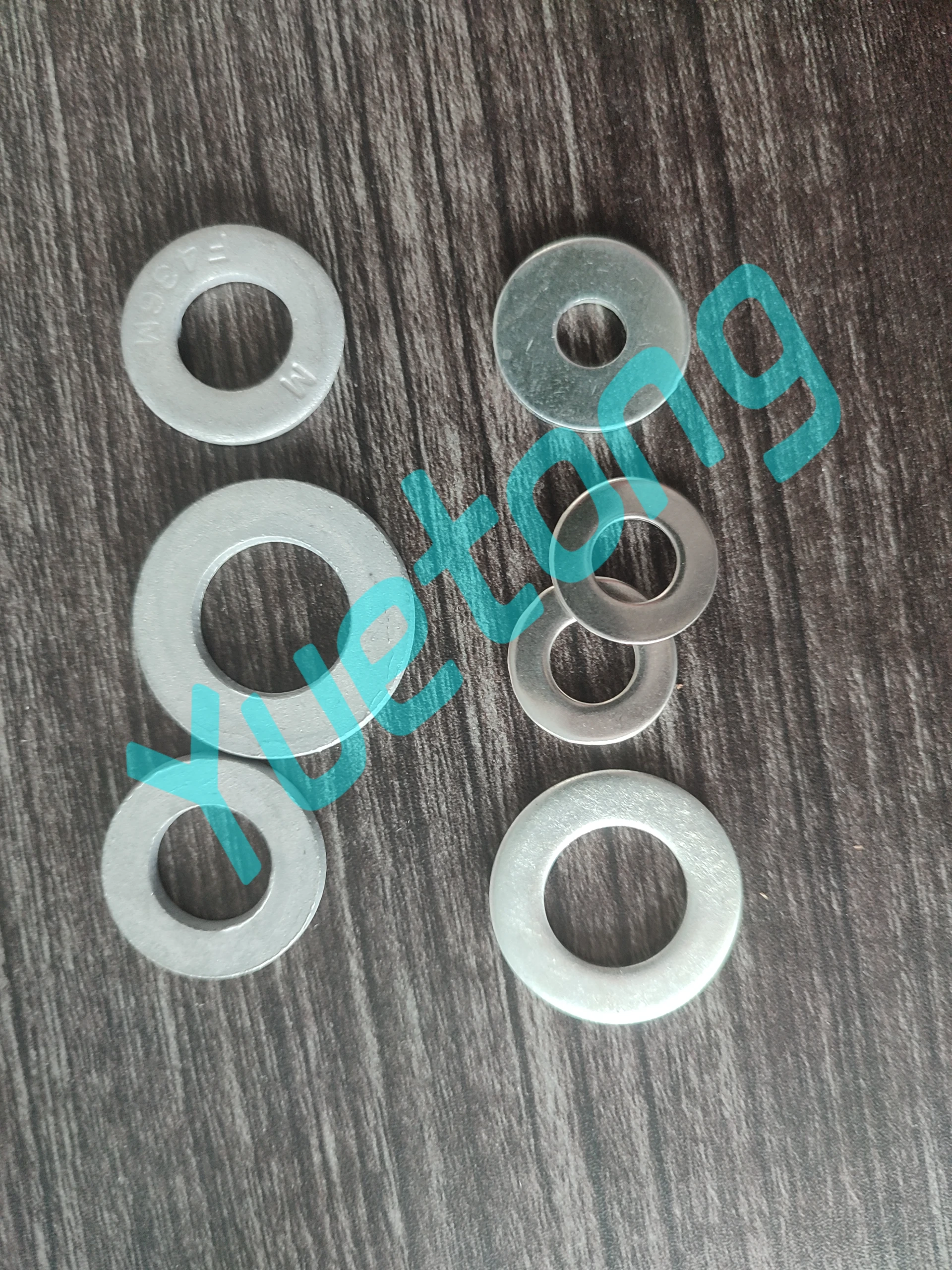Nov . 07, 2024 08:43 Back to list
Exploring the Benefits and Applications of Bolt Head Sleeve Anchors for Construction Projects
Understanding Bolt Head Sleeve Anchors A Comprehensive Guide
In the world of construction and engineering, choosing the right anchoring system is paramount for the safety and stability of structures. Among various anchoring solutions, bolt head sleeve anchors play a crucial role due to their unique design and versatility. This article delves into the characteristics, applications, installation methods, and advantages of bolt head sleeve anchors.
What are Bolt Head Sleeve Anchors?
Bolt head sleeve anchors are a type of mechanical anchor designed for use in solid materials like concrete, masonry, and brick. They consist of a bolt with a head, a sleeve, and a cone-shaped end. The sleeve is typically made of metal, offering durability and strength, while the anchor's design allows it to expand within the base material when the bolt is tightened.
These anchors come in various sizes and lengths to accommodate different load capacities and material thicknesses. The unique aspect of bolt head sleeve anchors is their ability to provide a robust connection, making them ideal for heavy-duty applications.
Applications of Bolt Head Sleeve Anchors
Bolt head sleeve anchors are widely used in numerous applications, including
1. Construction They are commonly employed for securing structural components, such as steel beams, brackets, and railings. 2. Manufacturing Factories often utilize these anchors for installing heavy machinery and equipment, ensuring stability and safety.
3. Furniture In commercial settings, bolt head sleeve anchors can be used to install shelving systems, cabinets, and other fixtures.
4. Outdoor Structures They are ideal for anchoring outdoor elements like signage, fences, and play equipment, providing resistance against environmental forces.
5. Renovations When retrofitting older buildings or adding new features, these anchors offer a strong hold in existing concrete or masonry.
Installation Process
bolt head sleeve anchors

Installing bolt head sleeve anchors is a straightforward process, but it requires careful planning to ensure optimal performance
1. Preparation Begin by selecting the appropriate anchor size based on the load requirements and material type.
2. Drilling Using a hammer drill, create a hole in the base material with a diameter that matches the sleeve anchor specification. The hole depth should correspond to the anchor length.
3. Cleaning the Hole After drilling, clean the hole of any debris to ensure solid contact between the anchor and the material.
4. Insertion Insert the sleeve anchor into the hole, ensuring the expansion cone is positioned correctly within the sleeve.
5. Tightening Use a suitable wrench to tighten the bolt. As you tighten, the sleeve expands against the sides of the hole, providing a secure anchor.
6. Final Check Once installed, check that the anchor is secure and can withstand the required load.
Advantages of Bolt Head Sleeve Anchors
One of the main benefits of using bolt head sleeve anchors is their ability to provide a strong holding power in various materials. They resist pull-out forces effectively, making them reliable for heavy-duty applications. Additionally, their ease of installation saves time and labor costs, making them a popular choice among contractors.
Moreover, their corrosion-resistant coatings are available for outdoor applications, ensuring longevity in various environmental conditions. This durability translates into reduced maintenance costs and improved safety.
Conclusion
Bolt head sleeve anchors are an essential component in construction and engineering projects, offering strength, reliability, and ease of use. Their versatility allows them to be utilized in diverse settings, from large-scale construction sites to simple home renovations. Understanding the characteristics and proper installation methods for these anchors can greatly enhance the safety and integrity of any structure they support.


